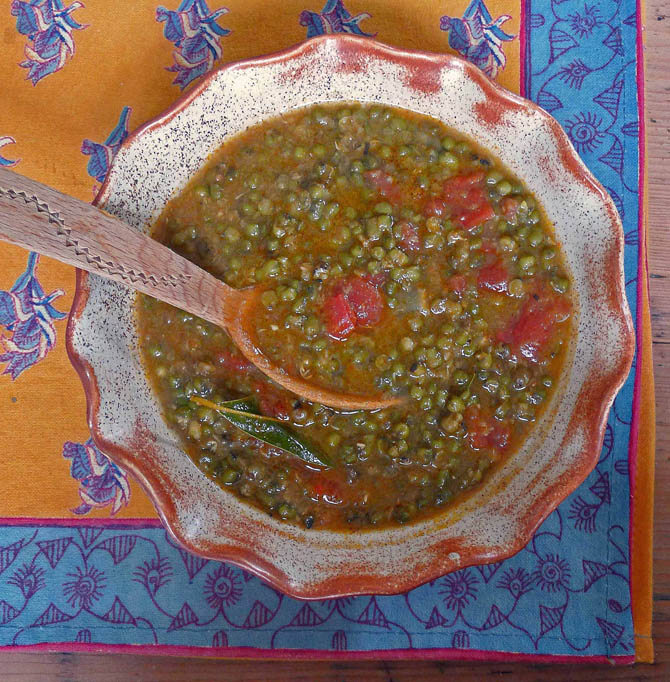Based on the iconic Albanian dish of baked lamb with rice, I came up with a meatless version for my book Mediterranean Vegetarian Feasts. The recipe didn’t make the final cut, and my friend Cheryl Sherman Rulecooked, fine-tuned and photographed it for Team Yogurt.

Photo by Cheryl Sherman Rule
Having eaten the delicious, creamy Albanian Elbasan or Tave Kosi my neighbor Ela prepared for us, I was determined to come up with a vegetarian version. Ela cooked lamb shanks on the stove with a little water and a quartered onion, then boned the meat and cut it into bite size pieces, discarding all fat. She left the broth to cool completely and skimmed it, getting about 1 cup broth which she mixed with her homemade yogurt that has the consistency of thick cream. She sautéed onions and cooked the flour in a mixture of olive oil and butter before adding the yogurt and eggs. She sprinkled the rice directly to the pan, with the meat, then poured in the broth-yogurt liquid. She was very careful not to over-bake and dry the food, letting the pan set at room temperature; this made her Tave Kosi so special. Mushrooms, both dried and fresh, together with peppers create a very different, but also flavorful base for the creamy yogurt-baked rice.
Instead of peppers, you could make it with diced zucchini, eggplants or any other seasonal vegetables.




